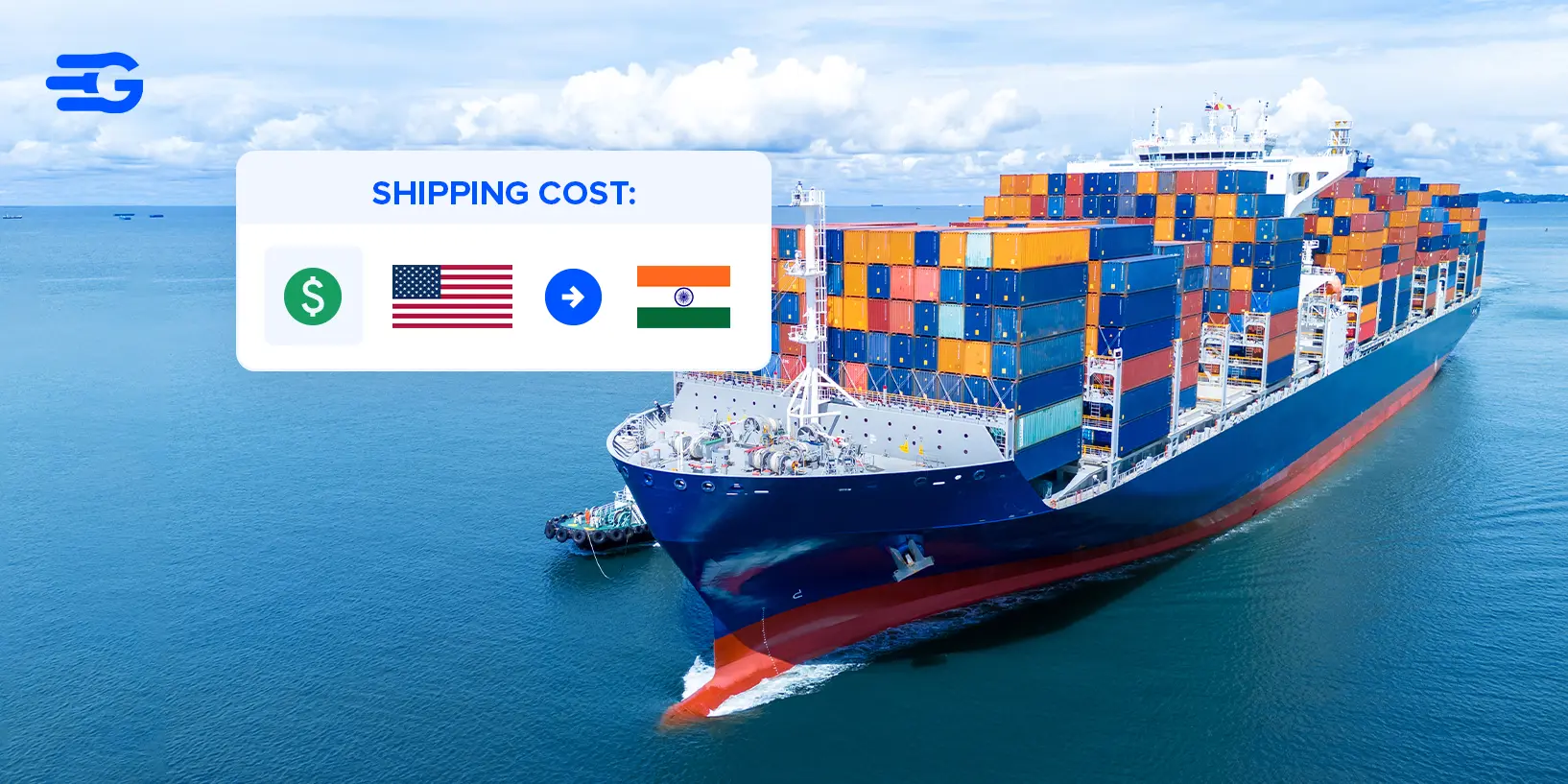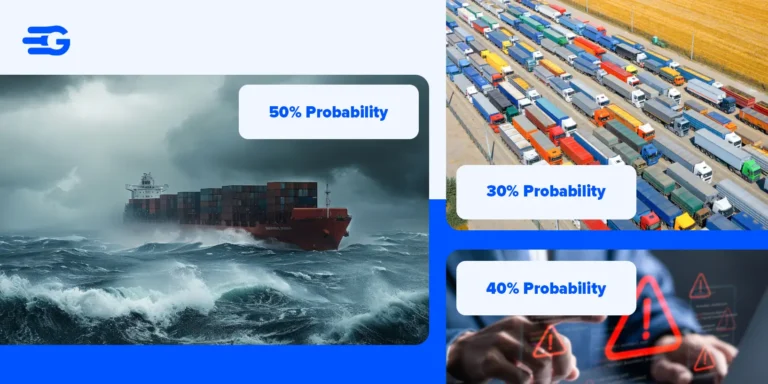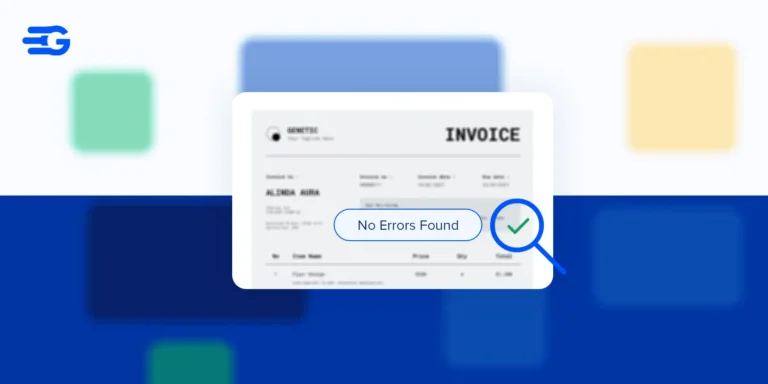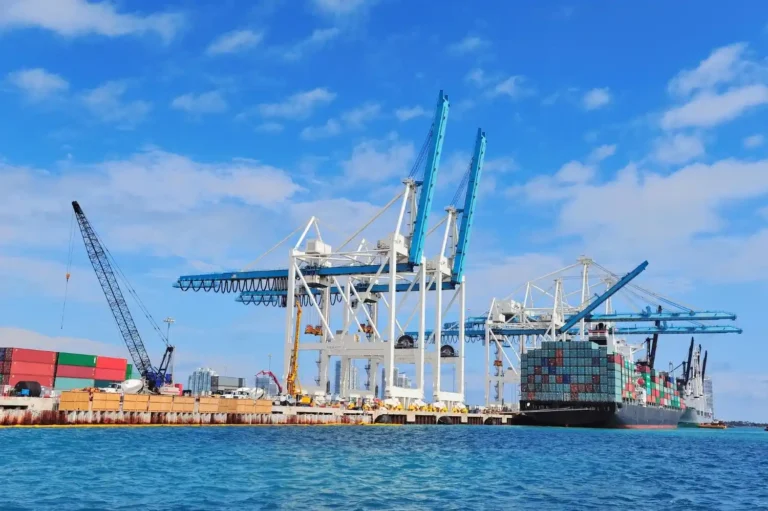Shipping Cost from USA to India 2025: Rates, Tariffs and Tips
The US-India trade route handles massive volumes, with bilateral trade hitting $129.2 billion in 2024. But calculating shipping cost from USA to India isn’t straightforward anymore. Between container rates, port fees, fuel surcharges, and documentation costs, businesses face a complex web of charges that can make or break profit margins.
Things got even messier in 2025. Trump slapped a 26% tariff on Indian exports and fuel costs keep shifting. One week your shipping cost from USA to India looks manageable, the next week it has blown your budget. Here’s what’s really driving your freight bills and how to get control back.
Breakdown of Shipping Costs
When you ship commercial cargo from the USA to India, the quoted ocean freight rate is just the starting point. The actual shipping cost from USA to India includes multiple layers that can add 25-40% to your initial (base) quote.
Let’s break down what you’re really paying for.
Base Ocean Freight
Your shipping cost from USA to India starts with the ocean freight rate, which varies dramatically based on container type and cargo volume.
- Full Container Load (FCL) makes sense when you have enough cargo to justify exclusive container use. According to Globy shipping data, FCL rates currently run about $3,034 for 20ft containers and $3,334 for 40ft containers on major USA-India routes.
- Less than Container Load (LCL) works when your cargo volume is smaller. As Freightos explains, LCL shipments get consolidated with other cargo at origin ports and deconsolidated at destination, adding 3-5 days to transit time.
You pay only for the space you use, but per-cubic-meter costs run higher than FCL rates. The break-even point typically falls around 15 cubic meters – below that, LCL makes financial sense.
Port Charges
Every container moving through the shipping cost from USA to India route faces mandatory port handling charges.
Origin charges in India range $300-1,000 per container, covering pre-carriage transportation, handling, loading, and administrative fees. USA destination charges run $500-1,500, including terminal handling, on-port transportation, and storage.
Port efficiency also affects these costs significantly. Major Indian ports like Nhava Sheva (Jawaharlal Nehru Port) handle over 56% of India’s container traffic according to government data, creating economies of scale that can reduce per-container handling costs. Smaller ports often charge premium rates due to lower volumes and less automated equipment.
Documentation
International shipping generates extensive paperwork requirements that drive up shipping cost from USA to India.
Customs brokerage fees range $100-500 per shipment, covering customs declaration preparation, duty calculations, and inspection assistance. Bills of lading, commercial invoices, packing lists, and certificates of origin all require professional processing.
Fuel Surcharges
Bunker Adjustment Factor (BAF) represents one of the most volatile components in shipping cost from USA to India calculations. BAF calculations now use Platts’ fuel index for 0.5% sulfur fuel oil, with average bunker prices at $561 per ton as of January 2025. Carriers adjust BAF monthly or quarterly based on fuel market fluctuations.
Insurance and Security
Cargo insurance protects against loss or damage during the 30-45 day ocean transit between USA and India. Insurance typically costs $500-1,500 per container, depending on cargo value and risk profile. Most shippers buy coverage worth 110% of cargo value to handle replacement costs plus re-shipping expenses.
Security fees cover mandatory container scanning and port security measures required by both US and Indian authorities. These charges typically add $25-75 per container based on port security classifications and cargo types.
Route Selection
East Coast USA destinations offer more budget-friendly options due to direct routing, while West Coast ports may provide shorter ocean transit but higher inland transportation to reach final destinations.
Transit time varies by route selection. Per Shipa Freight data, Chennai to New York runs 35 days for FCL and 29 days for LCL, while Chennai to Los Angeles takes 48 days FCL and 36 days LCL. Longer routes often mean higher fuel surcharges and increased port storage risks.
Impact of Global Volatility – Including Trump-Era Tariffs
Trump imposed a baseline 10% tariff on all imports effective April 2025, with India facing an additional 26% reciprocal tariff (update: tariffs suspended till July 9, 2025). This tariff structure increased landed costs for importers. In fact, it fundamentally disrupted shipping patterns and freight rate stability.
Policy signals can whipsaw planning. During earlier negotiations, Trump said the U.S. was “very close” to a tariff deal with India, prompting many shippers to pause reallocations and re-price contracts. Monitoring such developments helps anticipate short-lived spikes or dips in bookings as duties and exceptions shift.
When tariffs spike suddenly, importers rush to frontload shipments before implementation, creating artificial demand peaks that drive shipping cost from USA to India rates up by 15-30% during these periods.
Beyond direct tariff impacts, geopolitical tensions create supply chain uncertainty that carriers price into their rates. The Red Sea shipping crisis exemplifies this volatility – per J.P. Morgan analysis, Houthi attacks forced carriers to reroute around the Cape of Good Hope, adding 3,500 nautical miles and 10-14 days to Asia-Europe routes.
While USA-India routes don’t transit the Red Sea, global shipping capacity constraints from these diversions tightened available vessels worldwide, pushing shipping cost from USA to India rates higher even on unaffected routes.
Tips to Reduce US-India Freight Costs
These tactics help maintain margins even when global volatility pushes freight rates higher.
- Ship During Off-Peak Seasons: Avoid the August-October peak season when capacity tightens and carriers impose surcharges. Plan inventory cycles to ship before the holiday retail rush, when container availability shrinks and spot rates spike.
- Consolidate Cargo and Avoid Partial Loads: Move from LCL to FCL whenever possible – the break-even point typically falls around 15 cubic meters. Consolidating multiple small shipments into full containers reduces per-unit shipping cost from USA to India significantly. Work with suppliers to coordinate shipping schedules or use retail consolidation programs that combine loads from multiple shippers on the same trade lane.
- Leverage Technology for Rate Optimization: Replace manual RFQ processes with automated bidding platforms that force freight forwarders to compete transparently. Use real-time benchmarking to validate quotes and historical trend analysis to time bookings when rates hit cyclical lows.
To make things even easier and trackable, use platforms like GoComet to track rate changes across different port combinations even when tariff policies shift.
GoComet’s Role in Managing Volatility
Traditional freight management breaks down when shipping cost from USA to India swings 20-40% within weeks. Manual rate comparisons and email-based negotiations can’t keep pace with volatile market conditions.
GoComet’s AI-powered platform addresses these challenges through four core capabilities that help businesses maintain control over freight spend despite global uncertainty.
| GoComet Feature | How It Manages Volatility | Impact on Shipping Cost from USA to India |
| Real-time Freight Rate Benchmarking | Provides live rate comparisons across shipping lines and NVOCCs, updating as market conditions change | Enables immediate rate validation when shipping cost spikes due to tariffs or disruptions |
| Historical Trend Analysis | Tracks how freight rates responded to past tariff implementations, Red Sea disruptions, and seasonal peaks | Helps predict when shipping cost from USA to India will normalize after volatility events |
| Predictive Intelligence | Uses AI-powered forecasts based on historical data, macro trends, and current market conditions | Allows proactive booking when shipping cost from USA to India rates are forecasted to rise |
| RFQ Automation | Streamlines vendor negotiations by comparing multiple quotes in one dashboard with automated bidding | Reduces shipping cost through competitive pressure, even during tight capacity periods |
One textile company, for example, avoided $2.5 million in weekly production losses during the 2024 Red Sea crisis by using GoComet’s predictive ETA alerts to adjust their manufacturing schedules ahead of shipping delays.
Conclusion
Managing shipping cost from USA to India has become a different game entirely. What used to be predictable annual budgets now face monthly surprises from tariff changes, fuel spikes, and route disruptions. The old way of getting quotes via email and hoping for the best doesn’t cut it anymore.
Companies are finding that visibility beats guesswork every time. When you can see rate changes coming and automate the boring stuff, freight costs stop being a constant headache. To know more, explore GoComet’s freight management platform and sign up for a free trial or consultation to see cost-saving insights in action.





